The surprising benefits of yoga
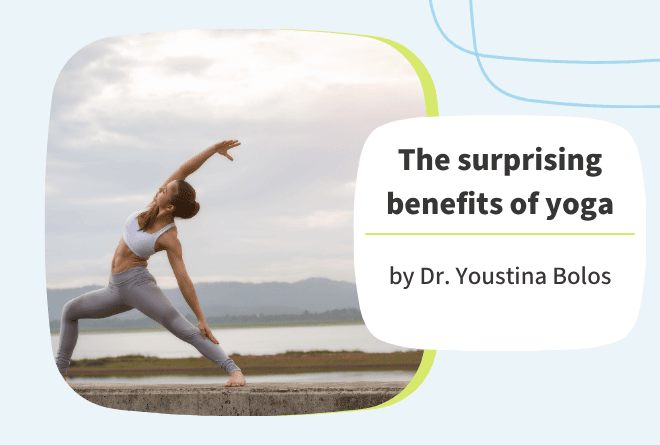
Incorporating yoga into your routine has numerous orthopedic benefits, from enhancing posture to improving joint flexibility and ankle stability. The mindful practice of yoga helps strengthen the body from the ground up, paying attention to areas that are often overlooked in traditional forms of exercise, such as the feet and ankles. As you develop strength and flexibility in these areas, you’ll notice improvements in balance, circulation, and overall mobility, which can reduce the risk of injury and chronic pain.
Benefits
- Enhances Posture
- Increases Joint Flexibility
- Enhances Ankle Stability and Balance
- Promotes Better Balance
- Improves Blood Circulation
- Improves Foot Strength and Flexibility
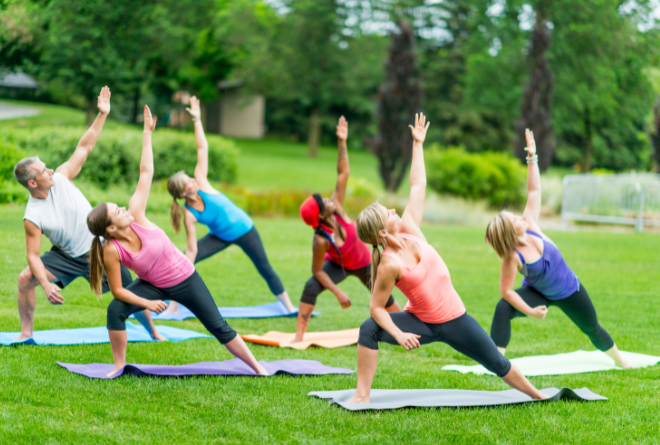
Enhances posture
Yoga encourages mindfulness of body alignment, which plays a crucial role in maintaining good posture. Our daily activities, such as sitting at a desk, looking at screens, or carrying heavy bags, can often lead to poor posture. Regular yoga practice strengthens the core muscles—especially the abdominals and lower back—which are key to keeping your spine in a neutral position. Poses like mountain pose and cobra help to cultivate awareness of the body’s posture, whether sitting or standing. For example, in mountain pose, you focus on grounding your feet and lengthening your spine, which helps reinforce the natural curves of the back. By aligning your body properly during yoga, you learn to hold your body in a more balanced and healthy way throughout the day. When you’re aware of how you hold your body, you can actively correct misalignments that lead to poor posture, such as slouching or hunching forward. Better posture helps reduce the pressure on the spine and joints, preventing long-term discomfort or injury. Yoga also targets areas that contribute to poor posture, such as tight shoulders, hips, and hamstrings. Over time, yoga helps create muscle balance that supports an upright, natural posture, alleviating strain on the body. Those who practice yoga often notice a significant improvement in their overall stance and alignment, both during exercise and in daily activities. This improved posture not only enhances your appearance but also reduces fatigue and muscle discomfort associated with poor alignment.
Increases joint flexibility
One of the most well-known benefits of yoga is its ability to increase flexibility, especially in the joints. Yoga is especially beneficial for the hips, shoulders, and knees—areas that often become stiff due to inactivity or age. Many poses, like downward dog, pigeon pose, and warrior II, are designed to stretch and strengthen the muscles around the joints, improving their range of motion. Increasing flexibility reduces stiffness in the joints, which can prevent conditions like arthritis, tendinitis, and general discomfort. As you practice yoga, you’ll find that your joints feel less restricted, and your ability to move freely improves. This increased flexibility also helps maintain joint function as you age, reducing the risk of age-related conditions such as osteoarthritis. Yoga helps elongate the muscles around the joints, improving their ability to absorb shock and reduce the impact of movement. For example, stretching the hip flexors in poses like low lunge helps maintain healthy movement patterns in the knees and lower back. Additionally, enhanced flexibility makes the body less prone to muscle strain, as the muscles and connective tissues can stretch without injury. With regular practice, yoga can ensure that your joints stay limber for daily activity, reducing the risk of discomfort or injury from sudden movements.
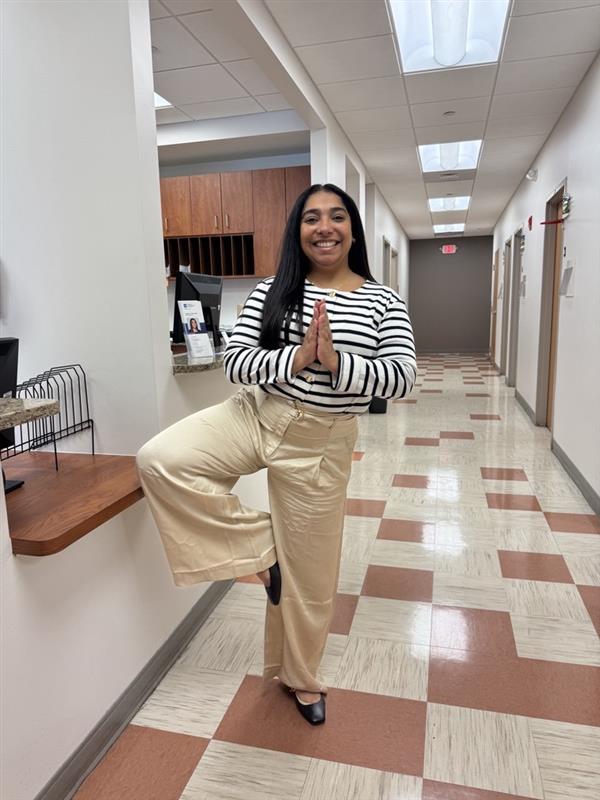
Enhances ankle stability and balance
Yoga significantly improves ankle stability, which is essential for preventing sprains and maintaining proper posture. The ankle is a critical joint for mobility, supporting the weight of the body during activities like walking, running, and climbing stairs. Poses that require standing on one foot, such as tree pose or warrior III, help strengthen the muscles around the ankle, improving its ability to support weight and absorb impact. These balance poses engage the ankle’s stabilizing muscles, promoting better coordination between the foot, ankle, and leg. Enhanced ankle stability reduces the likelihood of rolling or twisting the ankle during physical activities, especially sports or running. By practicing yoga regularly, you can increase proprioception—your awareness of where your body is in space. This improved body awareness helps you make more controlled and confident movements, especially in situations where balance is crucial, like walking on uneven terrain. Yoga’s focus on balance can also contribute to improved posture, as stable ankles are crucial for aligning the entire lower body correctly. Moreover, these balance practices help reduce the risk of injury in other areas, such as the knees and hips, by ensuring that the body moves in a coordinated and efficient way.
Promotes better balance
Balance is crucial for both athletic performance and daily activities, and yoga is an excellent way to improve it. Many yoga poses, such as tree pose, eagle pose, and half moon, focus on building stability and coordination in the body. These postures engage the core and leg muscles, which are key to maintaining balance. As you practice these poses, you’ll strengthen the stabilizing muscles in your legs, hips, and core, which help keep you upright and prevent falls. A strong core is essential for maintaining balance, as it helps stabilize the spine and pelvis. Enhanced balance can be particularly beneficial for older adults who are at risk of falls and injuries. For example, practicing tree pose can help prevent falls by engaging the stabilizing muscles in the legs and hips while also promoting mental focus. Balance poses also encourage mindfulness and body awareness, which help prevent accidents or awkward movements that could lead to injury. Through consistent practice, yoga cultivates both physical and mental balance, fostering better coordination between the mind and body. Improved balance not only reduces the risk of injury but also increases confidence in movement, whether it’s walking, running, or performing athletic tasks. The benefits of better balance extend beyond the yoga mat and into daily activities like climbing stairs, carrying groceries, or even standing for long periods of time.
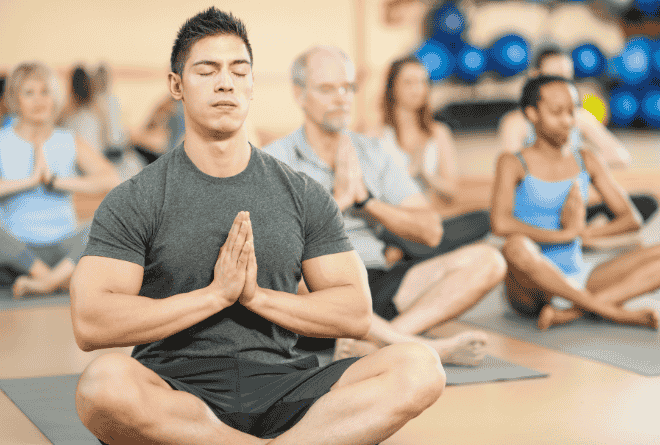
Improves blood circulation
The feet are the foundation of the body, yet many of us neglect them, leading to weakness or stiffness. Yoga helps to increase the strength of the muscles in the feet through various poses like downward dog, warrior I, and tree pose. These postures engage the feet by pressing them into the ground, helping to activate the intrinsic muscles that support the arch and improve foot stability. In tree pose, for example, the standing foot has to grip the ground, strengthening the arch and improving foot awareness. With regular practice, yoga strengthens these small muscles, which are often overlooked but are essential for maintaining proper alignment and balance. Flexibility is also a key benefit, as yoga helps stretch the foot’s ligaments and tendons, increasing range of motion. For example, poses like seated forward fold or reclining big toe pose stretch the feet and calves, promoting flexibility in the lower legs and feet. This flexibility also helps prevent stiffness in the ankles, keeping them agile and capable of absorbing shock during movement. Many people with chronic foot pain or conditions like plantar fasciitis find that regular yoga practice can help alleviate discomfort by strengthening and stretching the feet and ankles. Improved foot health can also help prevent other injuries, such as knee or hip pain, by promoting better overall alignment.
Improves foot strength and flexibility
The pes anserine bursa is a small sac on the inside of the knee joint that can become inflamed and swollen after running activity. Symptoms develop gradually, but cannot also come on more suddenly after fast running or completing a long distance race. Pain will be felt on the inside of the knee, and generally will be tender to the touch below the joint the inside of the knee. Pes anserine bursitis occurs when the hamstring tendons pull on the inside of the knee during running, which inflames the bursa adjacent to the tendon. Imaging may be necessary to exclude a stress fracture in the shin bone, which can mimic pes anserine bursitis. Treatment is conservative involving hamstring stretching, ice and topical anti-inflammatory, and injections of corticosteroid into the bursa in severe cases. Runners may continue to train without restriction if the pain is mild and does not occur while running.
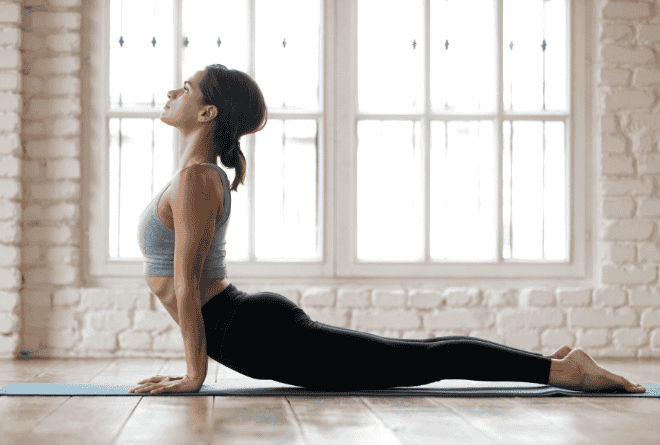
Whether you’re an athlete looking to enhance your performance or someone simply aiming to maintain a healthy, active lifestyle, yoga offers a holistic approach to orthopedic health. Through consistent practice, you can unlock the full potential of your body, creating a more balanced and pain-free life.
Get convenient, comprehensive care
Whether you have runners knee or pain in your shins after running, the care team at Florida Orthopaedic Institute includes specialists in every aspect of orthopedics. If you’re having discomfort, let us create a customized treatment plan to help you—safely—get back into action and keep active.
Don’t wait to schedule an evaluation with a specialist at one of our many convenient locations in Central Florida. Call us or request an appointment today.
You might also like:
- Common injuries in swimming and diving and how to avoid them
- 7 running safety tips for running safety month
- 12 essential warm-ups before weight lifting
About Florida Orthopaedic Institute
Founded in 1989, Florida Orthopaedic Institute is Florida’s largest physician-led orthopedic group. It provides expertise and treatment of orthopedic-related injuries and conditions, including adult reconstruction and arthritis, foot and ankle, general orthopedics, hand and wrist, orthopedic trauma, shoulder and elbow, spine, interventional pain management, sports medicine, podiatry, physical medicine and rehabilitation, chiropractic services, and physical and occupational therapy, among others. The organization treats patients throughout its surgery centers in North Tampa, South Tampa, and Citrus Park, at several orthopaedic Urgent Care centers and at office locations in Bloomingdale, Brandon, Citrus Park, Gainesville, Lakeland, Northdale, North Tampa, Ocala, Palm Harbor, Riverview, South Tampa, Sun City Center and Wesley Chapel.
June 20, 2025


